Tag: technology

Tele-ICU Leads to Overall Reduction in ICU Mortality
A new systematic review and meta-analysis has found that implementation of tele-ICU services was associated with an overall reduction in ICU mortality. Furthermore, in subgroup analysis, the pooled odds ratio for ICU mortality... read more
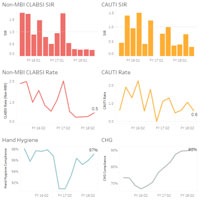
Hospital-acquired Infections – Adding Process Metrics
So far, we've only been looking at metrics that are really big and important. This is certainly a good place to start. To move beyond this, I'd like to introduce the concept of Outcome vs Process Metrics. Outcome Metrics... read more
Water Resistant and Self-healing Electronic Skin Developed by NUS Engineers
Inspired by underwater invertebrates such as the jelly fish, Assistant Professor Benjamin Tee and his team from NUS Materials Science and Engineering, in collaboration with researchers from Tsinghua University, China and... read more
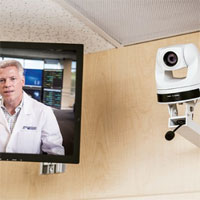
Telemedicine Reduces ICU Mortality Rate at Valley Health
During the first year of tele-ICU at Valley Health, the technology helped save 125 lives, achieve a 35 to 44 percent reduction in ICU mortality rate, reduce ICU length of stay by 34 percent, reduce the sepsis mortality rate,... read more
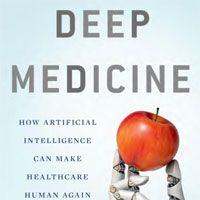
How Artificial Intelligence Can Make Healthcare Human Again
Medicine has become inhuman, to disastrous effect. The doctor-patient relationship, the heart of medicine, is broken: doctors are too distracted and overwhelmed to truly connect with their patients, and medical errors and... read more
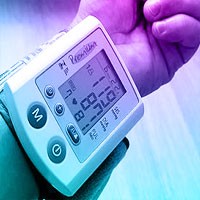
Can Noninvasive BP Monitoring Replace Arterial Catheter?
Although its reliability is often questioned, noninvasive blood pressure (NIBP) monitoring with an oscillometric arm cuff is widely used. Indeed, intermittent arm NIBP is the first-line monitoring technique during prehospital... read more
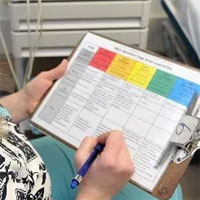
Design and Implementation of a Pediatric ICU Acuity Scoring Tool as Clinical Decision Support
Pediatric in-hospital cardiac arrest most commonly occurs in the pediatric intensive care unit (PICU) and is frequently preceded by early warning signs of clinical deterioration. In this study, we describe the implementation... read more
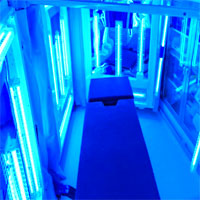
UV Light Reduces Hospital-acquired Infections
A new study published in the American Journal of Infection Control (AJIC) shows that ultraviolet (UV) disinfection technology, called PurpleSun, eliminates up to 97.7 percent of pathogens in the operating room (OR). Using... read more

Penn Medicine Shortens ICU Stays with Real-time Data
Leveraging real-time data streams from its EHR platform, Penn Medicine has created a dashboard and alerting system to speed the process of getting ICU patients breathing on their own. Many patients in hospital intensive care... read more

The Artificial Intelligence Clinician Learns Optimal Treatment Strategies for Sepsis in Intensive Care
Sepsis is the third leading cause of death worldwide and the main cause of mortality in hospitals but the best treatment strategy remains uncertain. In particular, evidence suggests that current practices in the administration... read more

Machine Learning Can Reduce Tests, Improve Treatments for ICU Patients
Researchers from Princeton University are using machine learning to design a system that could reduce the frequency of tests and improve the timing of critical treatments for ICU patients. To create the system, the researchers... read more

Artificial Intelligence in the ICU
ICU doctors are often required to analyse large volumes of complex, heterogeneous data to make life-critical decisions. Artificial Intelligence (AI), if used effectively, could reduce this burden by transforming data into... read more
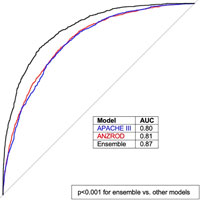
Characterising Risk of In-Hospital Mortality Following Cardiac Arrest Using Machine Learning
Resuscitated cardiac arrest is associated with high mortality; however, the ability to estimate risk of adverse outcomes using existing illness severity scores is limited. Using in-hospital data available within the first... read more

Are “Sniffer” Systems Effective in Detecting ARDS?
Acute respiratory distress syndrome (ARDS) results in substantial mortality but remains underdiagnosed in clinical practice. For this reason, automated "sniffer" systems that analyse electronic records have been developed... read more








